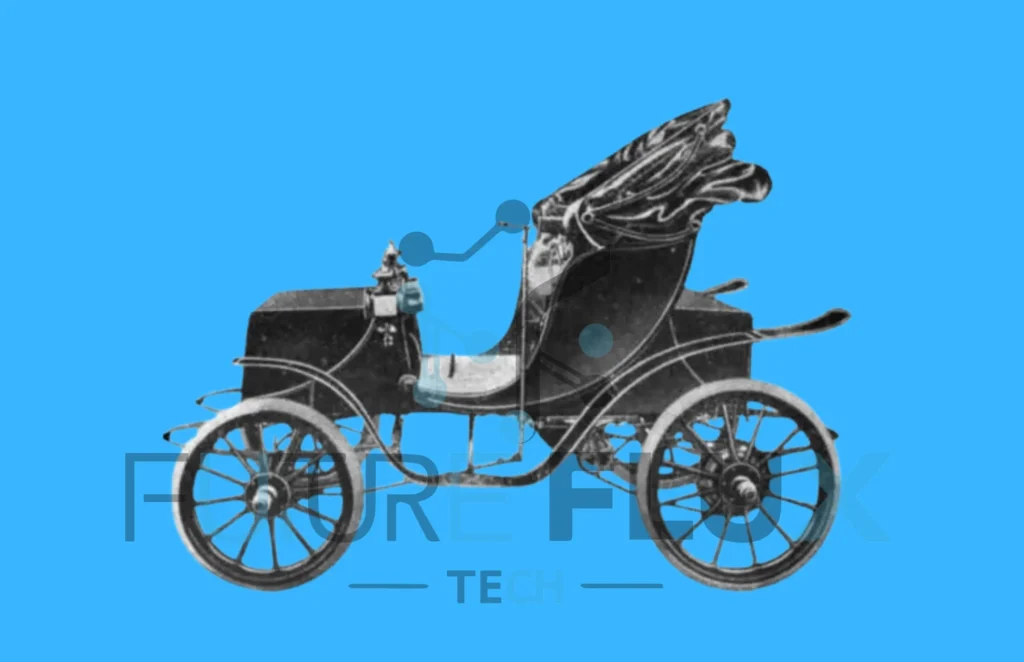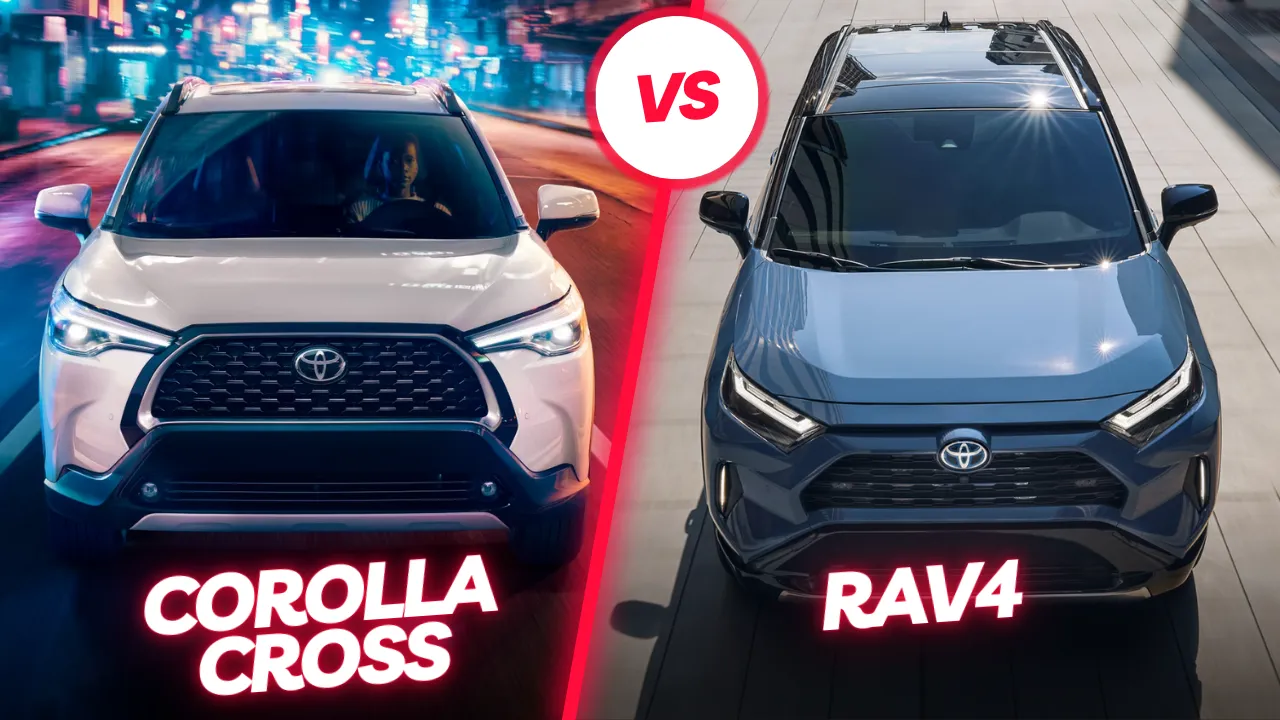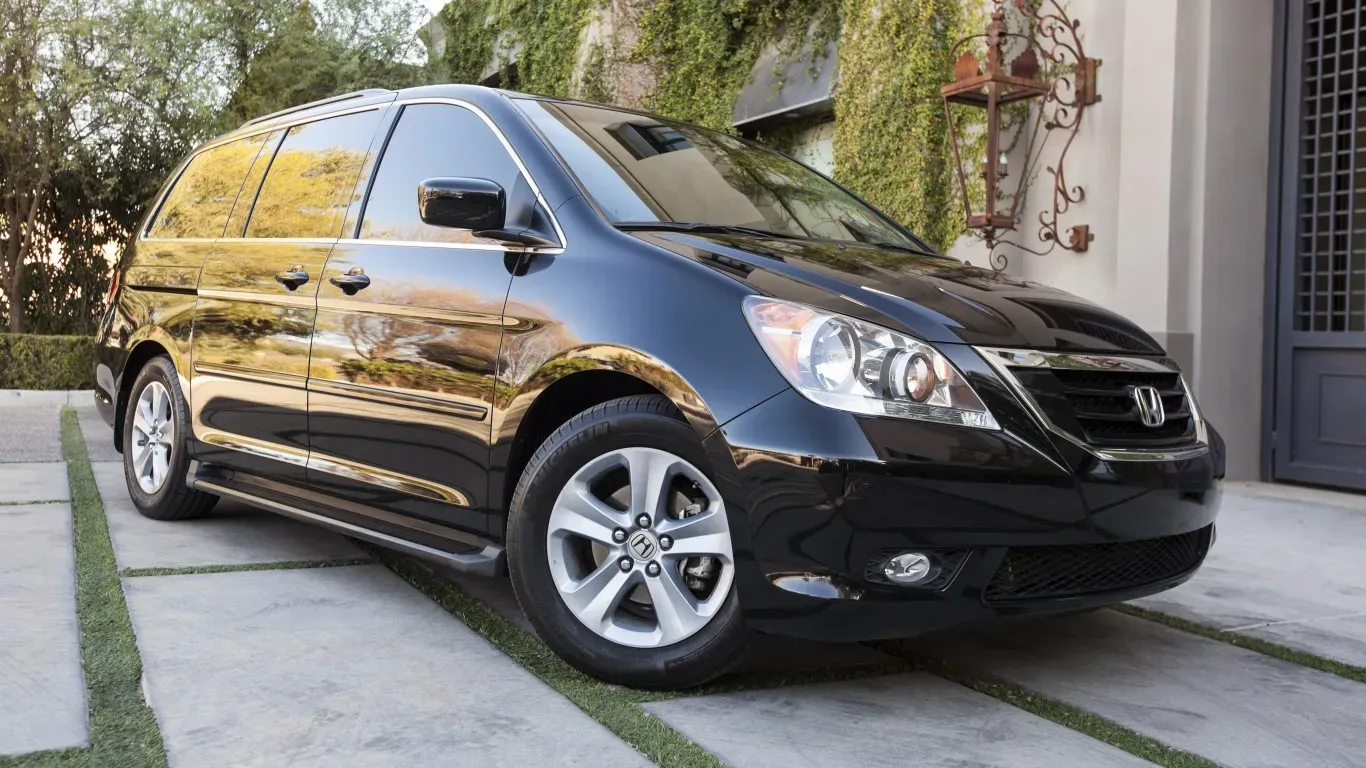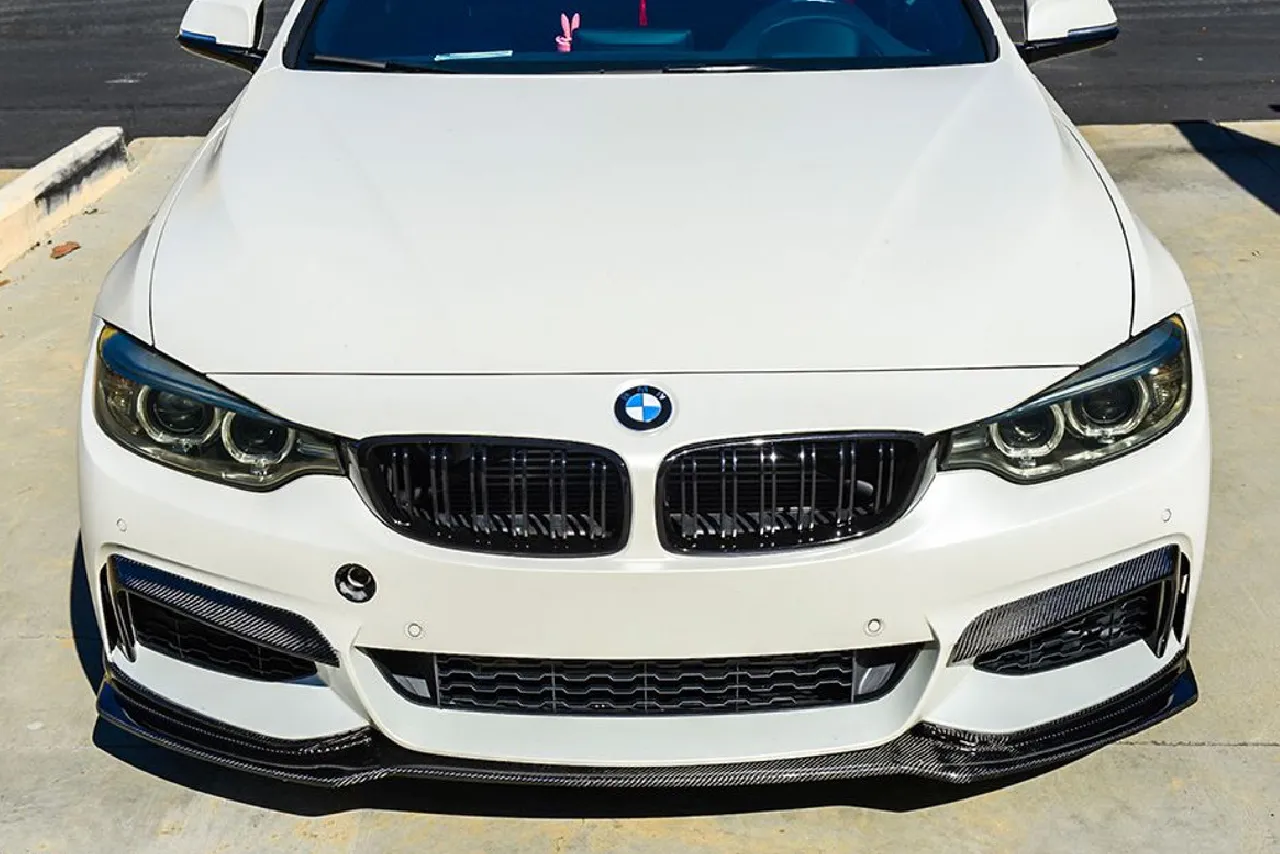Seeing the rise in fame of electric cars, you cannot help but wonder when were electric cars invented and why they gained popularity. Was it the early 2000s? The 90s? Actually, electric cars are way older than you think. These vehicles were introduced in the 1800s! Yes, you heard it right, the 1800s. However, they were nothing like today’s lavish EVs. The Early electric cars appeared during the 1890s. However, EVs did not earn a good name until 2010. During that period, people started fretting over carbon emissions. Gas-powered vehicles were still dominant on the road. Therefore, in 2010, many automotive companies realized the importance of EVs. They did not want to repeat the faulty Electric car history and their mistakes. Improved technology led us to the present-day EVs. Let’s discuss how much EVs have evolved and what made them popular.
What were The Early Electric Cars like?

Want to know how the early EVs looked? Be careful; you might be a little disappointed. The first EV looked like a motor carriage that was more of a magic trick than a vehicle. A British innovator, Robert Anderson, decided he had enough with the horse carriages. He developed an E-carriage using galvanic batteries. These batteries were not rechargeable; however, they still worked. This may be the time when electric cars were invented, but the story doesn’t end there. The motor carriage was indeed a great invention. However, it failed to meet people’s expectations. Another Scot innovator, Robert Davidson, built a better version of the motor carriage. It soon met its demise at the hands of railway workers who considered it a threat to their steam engines.
Moreover, the Evolution of electric vehicles forced EVs to change forms until the 1890s. William Morrison, from Des Moines, created a car-like form of the electric-powered vehicles. His car was a little different from the electric wagon. It quickly became popular for commercial use. Later, World War II forced many electric car companies to drop out of business. However, more EVs were launched as the war subsided.
When were the Electric Cars invented and How were They made?
It’s hard to highlight a date when the Rise of electric vehicles reached the general public for commercial use. However, we can assume that some genius scientists in the 1800s started experimenting with battery-powered vehicles. In the beginning, intellects from Hungary, the Netherlands, and the US created small-scale EVs. Simultaneously, Robert Anderson introduced the first electric carriage. The initial signs of Electric vehicles in the USA appeared in the second half of the 19th century. The US released its first electric car thanks to a chemist named William Morrison. Moreover, his six-passenger vehicle can travel at 14 miles per hour. This was better than the electric wagon and grabbed public attention. Time passed and new cars started appearing on the roads of the US. What’s more? New York City almost had 60 electric taxis running around.
According to the history of the Popularity of electric cars, the next ten years were golden for EV sales. However, things went downhill from then. Electric cars have gained popularity over other modes of transportation. People were tired of steam-powered vehicles as they were not very practical. Moreover, gas cars had their limitations as well. They were hard to operate, required a hand crank to start, and produced a lot of noise. When the earliest Electric car innovation was made, people favoured it over its gas-powered siblings. They were fast, produced no smelly pollutants, and were easy to charge. The ladies enjoyed driving these electric-powered vehicles for short trips.
However, their fame reached famous automakers. They knew how resourceful EVs were. For instance, Ferdinand Porsche, a well-known automaker of sports cars, created the first hybrid EV. The car operated on both gas and electricity. What’s more? Thomas Edison, a big name, recognized the potential of Electric car advancements and worked to improve their batteries. Henry Ford, another famous name, was close friends with Edison. He decided to find ways to reduce the cost of EVs alongside Edison. However, he produced Model T, which reduced the popularity of EVs. Funny, isn’t it? A person who wanted to improve Electric vehicle technology alongside his friend was the cause of its downfall. The Model T cars were introduced in 1908 and quickly became the best-selling gas vehicles. They were affordable and did not have a hand crank. They were equipped with an electric starter, offering convenience for the people.
There was another disruption in the Electric car history which made them vanish. By the 20s, the roads in America had gotten better. New routes joined multiple cities, which motivated the people to explore new areas. The discovery of Texas crude oil reduced fuel prices substantially. Many Americans started preferring gas cars over e-cars thanks to lower fuel prices. Moreover, there was an electricity shortage outside the cities. Therefore, people living in rural settings were unable to afford an EV. This is how the Popularity of electric cars ended until a century later when newer designs started appearing in the market.
Why did Electric Cars become Popular? Past vs. Present

Despite having brilliant gas-powered rivals, nothing hindered the EVs’ fame. There was a big gas shortage in the late 60s and 70s. Fuel prices reached new heights, which affected gas car sales. The Congress was eager to find a solution and finally found one. It passed the Electric and Hybrid Vehicle Research, Development, and Demonstration Act of 1976. The Act’s purpose was to facilitate Electric car advancements and produce EVs again. Many companies sprung into action, including several big names. General Motors launched an urban EV displayed at the Environmental Protection Agency’s First Symposium. Moreover, the company released electric jeeps used by the United States Postal Service in a 1975 Test program. Even NASA joined in with its electric Lunar rover, which paved the way for the Future of electric cars as it operated on the moon in 1971.
However, their hard-earned fame quickly died down until the 90s. The amendment in federal rulings led to a big change. The 1990 Clean Air Act Amendment and the 1992 Energy Policy Act were passed. Harmful pollutants were filling the atmosphere as more gas cars were launched. The California Air Resources Board passed new regulations regarding transportation emissions. This restarted the long-lost Popularity of electric cars and brought a huge change. Most companies decided to make use of what they had and transformed their vehicles into EVs. These EVs had similar strengths to their previous gas-powered forms. One of the leading companies decided to produce an EV from scratch. We are talking about GM’s EV1. This company is one of the founders who facilitated the Rise of electric vehicles with a good reputation.
Fast forward to 2001, the popular company soon ended business due to higher production costs. However, many scientists were trying to bring back EVs from extinction. The Energy Department supported their resolve, and EVs regained their position in 2010. This was officially a comeback but more like an initial launch. 2010 was the best time in Electric car history giving rise to better EVs. The current EVs are much more affordable and can be good alternatives to their gas rivals. The future of EVs holds great progress as companies launch newer and more efficient EVs.
Currently, EV companies are adding better features to their EVs. They are trying to add batteries that can be charged quickly without overheating. Moreover, they want to mass-produce long-range EVs as the demand grows. This might be a great step for the Future of electric cars as more people go electric. However, EVs are still under controversy due to several reasons. They might be a good alternative to gas-powered vehicles, yet the past indicates how expensive they were. The irony of electricity being cheaper than gas yet the EVs are considered luxury cars. In short, their high cost may prevail for a few more years until someone finds a low-cost alternative.
Conclusion
Today, many Americans are fascinated by the origins of electric cars. They still consider them as a modern innovation. However, these cars date back to the 19th century when the first motor carriage was invented. Moreover, when were electric cars invented commercially? The introduction of EVs in the form of electric carriages and wagons inspired the creation of modern-day EVs. The previous EVs used galvanic batteries, however, newer technology shifted to lithium batteries. It is safe to say, that EVs are making great progress and hold a bright future in the automotive industry. However, their high price is still a great concern.
Can we reduce the price of EVs? Which pressure washer is the best for your car? Learn more by visiting our blog.
I’m Waqas, an electric vehicle enthusiast and tech writer with over 6 years of experience covering the EV industry. I write in-depth articles, comparisons, and reviews to help readers understand the fast-evolving world of electric mobility. From battery technology to EV launches and charging trends, I aim to make complex EV topics simple, engaging, and informative for everyday drivers and curious readers alike.





